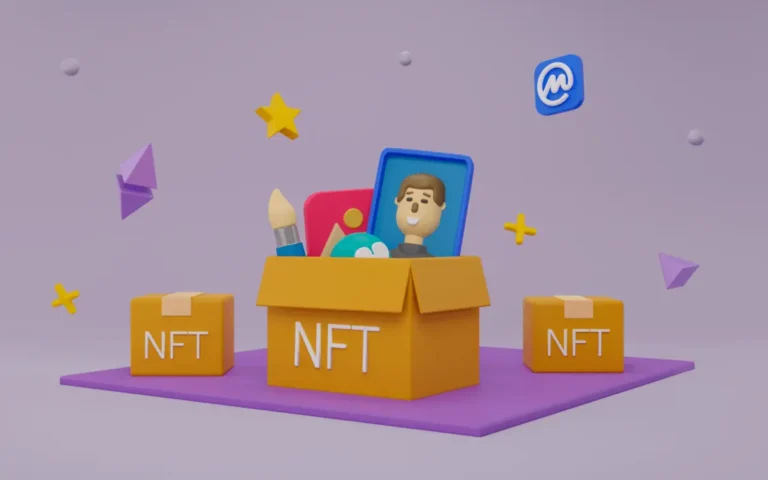Fidelity Creates Its Own Stablecoin! What Does It Mean for the Crypto World?
Fidelity Investments, one of the largest asset managers in the United States, is reportedly considering launching its own stablecoin. This move marks a significant expansion of Fidelity’s presence in the digital asset sector.
Fidelity’s Stablecoin Launch Plan
According to Coinvestasi, citing a report by the Financial Times on Wednesday, March 26, 2025, Fidelity is currently in the advanced stages of testing its stablecoin and plans to launch it to the market soon.
Stablecoins are a type of cryptocurrency designed to maintain a stable value, typically pegged 1:1 to the US dollar, making them useful for transferring value across digital assets.
Currently, the total circulating value of stablecoins is estimated at around US$235 billion, with the majority of the market dominated by Tether’s USDT and Circle’s USDC, which together hold a combined market cap of over US$204 billion.
Fidelity’s Expansion into Digital Assets
Fidelity is not a newcomer to the digital asset space. The company has been active in the blockchain and crypto sector for over a decade.
Previously, Fidelity launched a Bitcoin Exchange-Traded Fund (ETF) after receiving approval from US regulators in January 2024.
To date, the Fidelity Wise Origin Bitcoin Fund (FBTC) has managed over US$11.5 billion in assets since its launch.
This stablecoin initiative also aligns with Fidelity’s broader expansion into the tokenization of traditional assets.
Just last week, Fidelity filed for the launch of a digital version of a US money market mutual fund, scheduled for release at the end of May, aiming to compete with other asset managers such as BlackRock and Franklin Templeton.
Impact on the Stablecoin Market
Fidelity’s entry into the stablecoin market could reshape the competitive landscape in this sector.
With its strong reputation and broad client base, Fidelity may offer a stablecoin alternative trusted by both institutional and retail investors.
However, regulatory challenges and competition from established players like Tether and Circle remain key factors to consider.
This move by Fidelity reflects a broader trend in which traditional financial institutions are increasingly adopting blockchain technology and digital assets, marking a new phase in the evolution of global finance.







